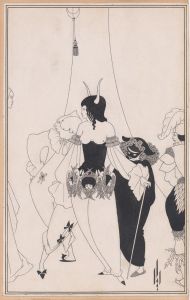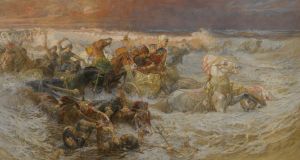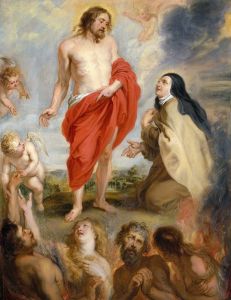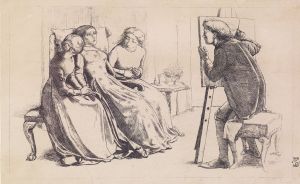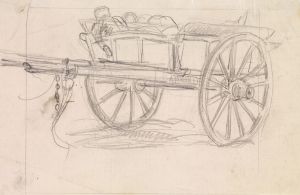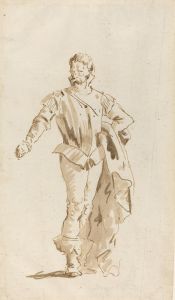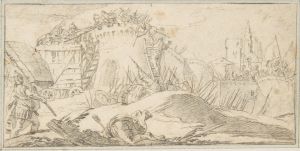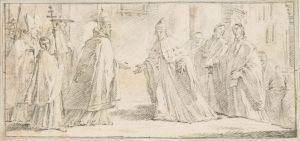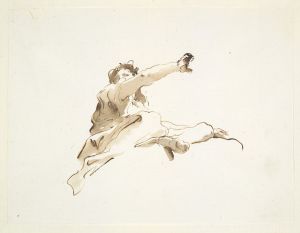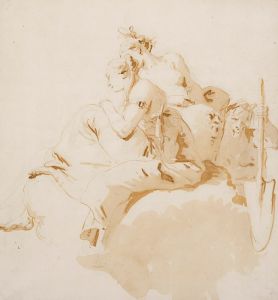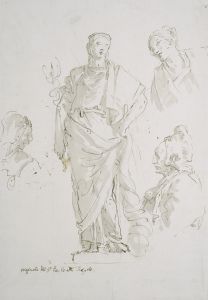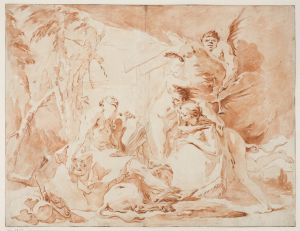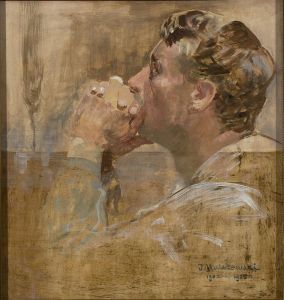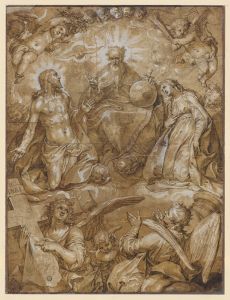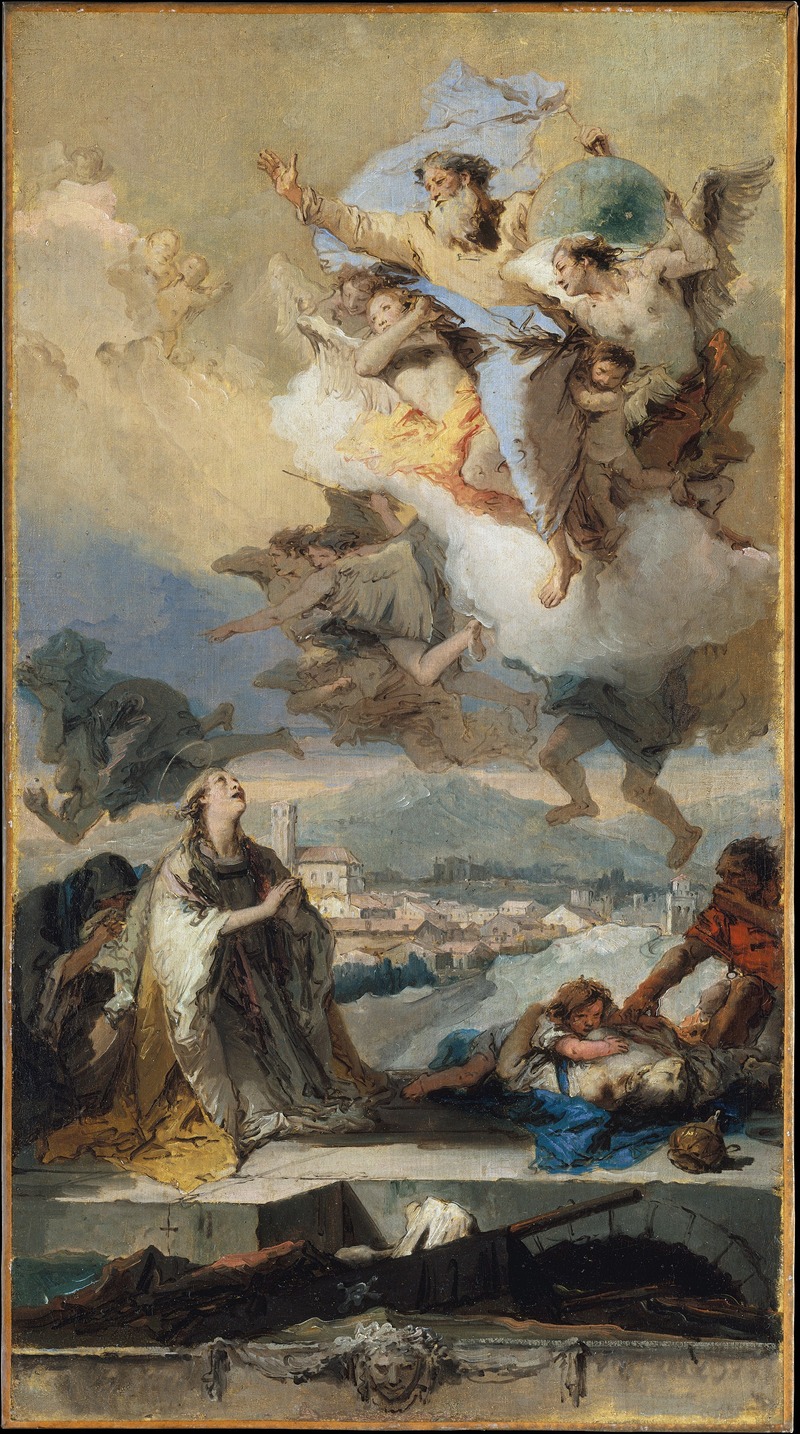
Saint Thecla Praying For The Plague-Stricken
A hand-painted replica of Giovanni Battista Tiepolo’s masterpiece Saint Thecla Praying For The Plague-Stricken, meticulously crafted by professional artists to capture the true essence of the original. Each piece is created with museum-quality canvas and rare mineral pigments, carefully painted by experienced artists with delicate brushstrokes and rich, layered colors to perfectly recreate the texture of the original artwork. Unlike machine-printed reproductions, this hand-painted version brings the painting to life, infused with the artist’s emotions and skill in every stroke. Whether for personal collection or home decoration, it instantly elevates the artistic atmosphere of any space.
"Saint Thecla Praying for the Plague-Stricken" is a remarkable painting by the renowned Italian artist Giovanni Battista Tiepolo. Created in the mid-18th century, this artwork exemplifies Tiepolo's mastery in the Rococo style, characterized by its dramatic use of color, light, and dynamic composition. Tiepolo, born in Venice in 1696, was one of the most prominent painters of his time, known for his grand historical and religious scenes.
The painting depicts Saint Thecla, an early Christian saint, in a moment of fervent prayer, interceding for those afflicted by the plague. Thecla is a significant figure in Christian hagiography, revered for her steadfast faith and miraculous deeds. According to tradition, she was a follower of Saint Paul and became a symbol of piety and divine intervention. In Tiepolo's work, she is portrayed with a serene yet determined expression, embodying hope and compassion amidst despair.
Tiepolo's composition is both dramatic and intimate. The saint is positioned centrally, her gaze directed heavenward, suggesting a connection between the earthly suffering and divine mercy. Surrounding her are figures of the plague-stricken, depicted with a poignant realism that underscores the gravity of their plight. The artist's use of light is particularly noteworthy; a celestial glow seems to emanate from Thecla, highlighting her role as an intercessor and creating a stark contrast with the darker tones of the afflicted figures.
The painting is a testament to Tiepolo's skill in conveying complex narratives through visual art. His ability to blend the spiritual with the human experience is evident in the way he captures the emotional intensity of the scene. The use of color is both vibrant and somber, with rich blues and reds contrasting against muted earth tones, enhancing the dramatic effect.
"Saint Thecla Praying for the Plague-Stricken" reflects the historical context of its creation. The 18th century was a period marked by recurring outbreaks of plague in Europe, and religious art often served as a source of solace and inspiration for the faithful. Tiepolo's work not only illustrates a biblical story but also resonates with contemporary audiences who sought divine intervention during times of crisis.
This painting is housed in the Metropolitan Museum of Art in New York City, where it continues to be a subject of admiration and study. It is an exemplary piece of Tiepolo's oeuvre, showcasing his ability to blend narrative depth with artistic brilliance. Through this work, Tiepolo invites viewers to reflect on themes of faith, suffering, and redemption, making it a timeless piece that transcends its historical origins.
In summary, Giovanni Battista Tiepolo's "Saint Thecla Praying for the Plague-Stricken" is a masterful representation of religious devotion and human empathy. Its enduring appeal lies in its powerful depiction of hope amidst adversity, a theme that continues to resonate with audiences today.





